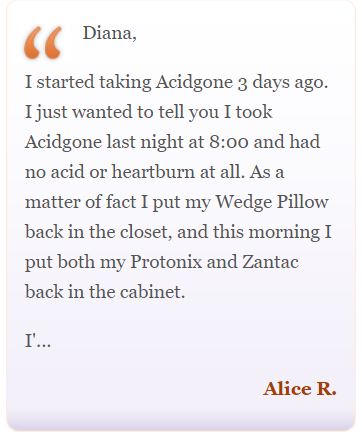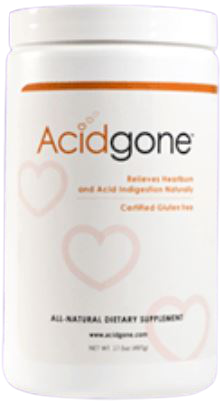Diagnosis of Acid Reflux or GERD
A detailed historical knowledge is vital for an accurate diagnosis of GERD. If your symptoms do not improve with lifestyle changes or prescription medications, you may need additional tests.
Most Common tests to diagnose Acid Reflux or GERD
- Barium swallow radiograph uses x rays to help spot abnormalities such as a hiatal hernia and other structural or anatomical problems of the esophagus. With this test, you drink a solution and then x rays are taken. The test will not detect mild irritation, although strictures (narrowing of the esophagus) and ulcers can be observed.
- Upper endoscopy is more accurate than a barium swallow radiograph and may be performed in a hospital or a doctor’s office. The doctor may spray your throat to numb it and then, after lightly sedating you, will slide a thin, flexible plastic tube with a light and lens on the end called an endoscope down your throat. Acting as a tiny camera, the endoscope allows the doctor to see the surface of the esophagus and search for abnormalities. If you have had moderate to severe symptoms and this procedure reveals injury to the esophagus, usually no other tests are needed to confirm GERD.
- Your doctor may also perform a biopsy. Tiny tweezers, called forceps, are passed through the endoscope and allow the doctor to remove small pieces of tissue from your esophagus. The tissue is then viewed with a microscope to look for damage caused by acid reflux and to rule out other problems if infection or abnormal growths are not found.
- pH monitoring examination involves the doctor either inserting a small tube into the esophagus or clipping a tiny device to the esophagus that will stay there for 24 to 48 hours. While you go about your normal activities, the device measures when and how much acid comes up into your esophagus. This test can be useful if combined with a carefully completed diary‚ recording when, what, and amounts the person eats‚ which allows the doctor to see correlations between symptoms and reflux episodes. The procedure is sometimes helpful in detecting whether respiratory symptoms, including wheezing and coughing, are triggered by acid reflux.
DISCLAIMER: Individual result may vary.

Read More Success Stories
DISCLAIMER:
Individual result may vary.
Acidgone®
- What is Acidgone® ( aka Acid Gone® ) ?
- Is Acidgone® right for me?
- Ingredients
- Directions For Use/Smoothie Recipes
Acid Reflux
Treatment Options
- Visit www.leannclean.com to learn about our Intestinal Cleansing / Body Detox product- Lean-N-Clean®
- Read About How You Can Avoid Being a Willing Medical Victim on willingmedicalvictims.org
- Are you an independent thinker? Share your important thoughts to benefit humanity on debateandshare.com


